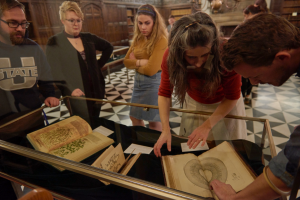
Last semester, Rare Books loaned six of its medieval manuscript facsimiles to the Merrill-Cazier Library at Utah State University in collaboration with an art history course taught by Professor Alexa Sand. The upper-level course, “Special Topics Seminar in Medieval and Early Modern Art: Rare Books and Facsimiles,” provided a wide-ranging introduction to the interdisciplinary field of manuscript studies. The focus was the history of the codex from its advent in late Roman times to the early print era.
Each student selected a facsimile and researched its origins, history, and significance toward the final assignment of including it in a group-curated exhibition displayed in the library. The seminar concluded with a one-day symposium in which student researchers played an active role in discussion.
The materials selected for study related to botany and its medical and magical associations from late antiquity through the early modern period. Students prepared all aspects of the exhibition, from layout and display to publicity and the opening reception, working with Special Collections faculty and staff and Professor Sand.
Facsimiles on loan from Rare Books were:
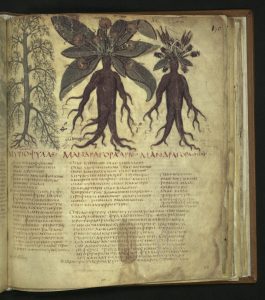
Des Pedanius Dioskurides aus anazarbos arzneimittellehre in funf buchern
Ca. seventh century, Italy
Graz: Akademische Druck-u. Verlagsanstalt, 1988
R126 D56 1988
Facsimile. This manuscript is one of the oldest in the tradition of Materia medica, a pharmacological treatise written by Greek physician Pedanius Dioscorides in the first century CE. Dioscorides’ work was used by the medieval world for centuries. In the sixth century it was translated into Latin and by the ninth century it had been translated into Arabic, Syrian and Hebrew. More than four hundred plants are described in this illustrated herbal manual, each illustration bordered in red ink. The binding of wooden covers and leather accords with the character of the original.
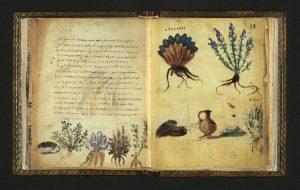
Theriaka y Alexipharmaka de Nicandro
Nicander of Colophon
Barcelona: Moleiro, 1997
QP41 N53 1997
Facsimile. The Greek text for this codex, produced in the tenth century, was written in Constantinople in the second century BCE. Nicander, a trusted doctor, poet, and grammarian served in the court of Athalus III, King of Pergamum. In Homeric-style verses, Nicander describes poisons caused by animal bites and stings and by the ingestion of plant, animal, and mineral substances. Antidotes are given for each type of poisoning. These nearly sixty formulas were later improved upon by Mithridates, who added opium and aromatic herbs to the potions. Nicander’s work was used by Criton, the doctor of Trajan, and Andromachus, Nero’s doctor, and is the oldest extant Greek text relating to toxicology. Using this text as his basis, Andromachus compiled a list of seventy-one curative remedies – a list used until the nineteenth-century as the panacea textbook for all and any poisonings. The tenth-century codex, a product of the Byzantine Renaissance, is the only remaining illuminated copy of Nicander’s poetry. The forty-one illustrations form a part of the Hellenistic artistic tradition. The original is now housed at the Bibliotheque National de France. Facsimile edition of nine hundred and eighty-seven copies. University of Utah copy is no. 469.
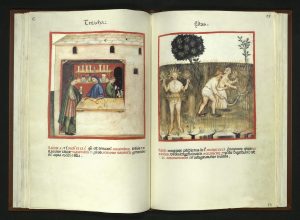
Theatrum sanitatis
Ububchasym of Baldach (d. ca. 1068 AD)
Eleventh Century
Barcelona: M. Moleiro, 1999
RS79 T46 1999
Facsimile. This handbook of health was written between 1052 and 1063 CE by the Arab scholar Ububshasym of Baldach, better known throughout medieval literature as Ellucasim Elimittar. Many of the concepts used in his writing were derived from earlier Greek, Roman, and Arabic medical treatises. Good health depended upon six essential factors: climate, food and drink, movement and rest, sleep and wakefulness, happiness, pain and sadness. Plants, fruits, vegetables, and basic hygiene also affect a person’s health. Ninety-nine of these and other elements are described with the therapeutic properties of each and the ailments that may be helped by them. The illustrations were influenced by the school of Giovannino de Grassi. Two hundred and eight red-framed, nearly full-page illuminations illustrate scenes from daily life as well as the elements described.
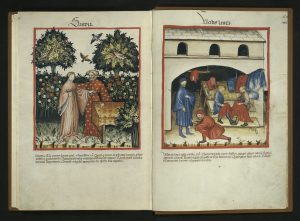
Tacuinum sanitatus in medicina.
Graz, Austria: Akademische Druck-u. Verlagsanstalt, 1986
RS79 T335 1986
Facsimile. Northern Italy. This illuminated medical handbook was produced for a layperson – a woman of the upper aristocracy or of a rich patrician family able to read, and afford, a lavish book. A reference of sorts for the household management of health and healing, this type of book goes back to an Arab source written by the physician Ibn Butlan in the 11th century. The Arab art and science of healing decisively influenced occidental medicine and enjoyed a long-lived and distinguished reputation. The Latin translation, which made the codex accessible to the educated of the medieval western world, was widely known. Many copies survive. This particular copy is one of the finest of its kind, displaying over two hundred full-page miniatures of all that was considered important with regard to human health and well being. Beginning in the 14th century, the text was placed below an individual image. The evocative miniatures portray everyday life of late Medieval Italian culture. With a natural style and strong colors, two artists portrayed plants, animals, food, and drugs. All of the objects are within scenes centered upon a human. The text below each miniature describes both the benefits and shortfalls of the object depicted. Derived from the classical herbal tradition, but closely related to Arab manuscripts, the format follows a later western tradition. Bound in leather on wooden boards with hand stamping according to contemporary pattern.
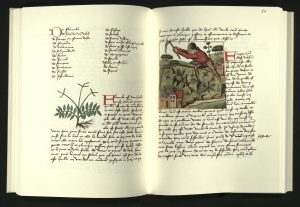
Livre des simples medecines
Antwerp : De Schutter, 1984
QK99 A1 L58 1984 v.1
Facsimile. This late fifteenth-century manuscript is of what has become known as “Livre des Simple Medecines,” a major text of medieval science. Many manuscript copies of this work exist – at least twenty-three from the fifteenth century and one from the sixteenth century. It was first printed in 1488 and printed nine more times before 1548. In classic herbal format, Livre des simple medecines is an alphabetical list of “simples,” that is, unadulterated vegetable, mineral or animal products. Each entry provides a description and, among other things, its usefulness in treating ailments. Herbals as pharmacopeia began in ancient Mesopotamia and Egypt. The earliest surviving medical herbal is a work in Greek compiled by Pedianos Dioscorides. This work would dominate European herbals for the next fifteen centuries. It was translated into Arabic as early as the ninth century and influenced Avicenna and other physicians from the Arab world. Herbals were living works. That is, copyists, often practitioners of medicine themselves or copying for practitioners, would contribute to adapt or modify an herbal depending on new or different experience. In this tradition, the French translation here includes new sources such as ibn Butlan, an Arab physician, and others. The four hundred and fifty-seven illuminations in this copy, the Codex Bruxellensis IV, reveal an attempt by the artists to be faithful to nature. In this sense, the desire was to return to copying nature, instead of merely copying degraded illustrations from older herbals. Deliberate observation and representation of nature emerged in all forms of art in the fifteenth century. Codex Bruxellensis IV was copied onto paper. Written in maroon ink by a single hand sometime in the second half of the fifteenth century in a cursive script, the copy also contains marginal annotations by at least two sixteenth-century hands. An attempted pagination was added by a seventeenth-century hand. At some point in its history, one owner added dried samples of plants within its leaves. Facsimile edition of two thousand copies. The University of Utah copy is no. 316.
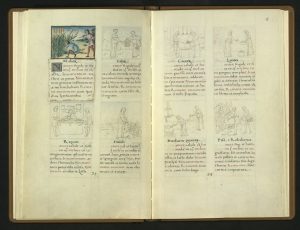
Tacuinum sanitatis/enchiridion virtutum vegetablilium, animalium, mineralium rerumque omnium: explicans naturam, iuvamentum, nocumentum remotionemque nocumentoru[m] eorum/ authore anonymo
Graz: Akademische Druck- u. Verlagsanstalt, 1984 RS79 T33 1984
Facsimile. Venice, 1490. Tacuinum Sanitatis (Handbook of Health) is the modern title given to one of the most popular treatises on medicine during the later Middle Ages. It combines Arabic and western knowledge on many types of foods, plants, and circumstances, with particular reference to their useful and harmful properties, and how the latter could be cured if necessary. The illustrated versions of this text yield much information on medieval daily life. The manuscript is comprised of 82 leaves, with four miniatures per page, a total of 294 miniatures. The captions or text are based on the Taqwin al-sihhah of Ibn Butlan (d. 1066), which was unillustrated. Ibn Butlan, originally from Baghdad, visited Cairo about 1049, after which he went to Constantinople before settling at Antioch in Syria and becoming a Nestorian monk. Facsimile edition of nine hundred and eighty copies, numbered.
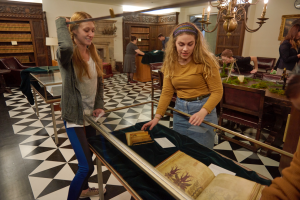
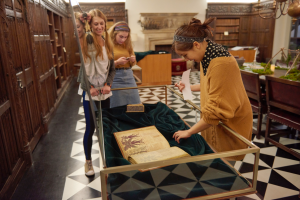
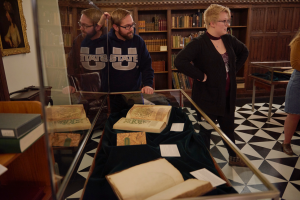
Photographs of people by Andrew McAllister/Caine College of the Arts, Utah State University
Digital scans of books by Scott Beadles/Department of Art, University of Utah
Special thanks to our colleague Jennifer Duncan, Head of Special Collections, Book Curator, Merrill Cazier Library, Utah State University.
Like this:
Like Loading...

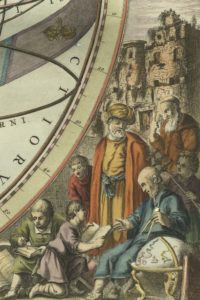
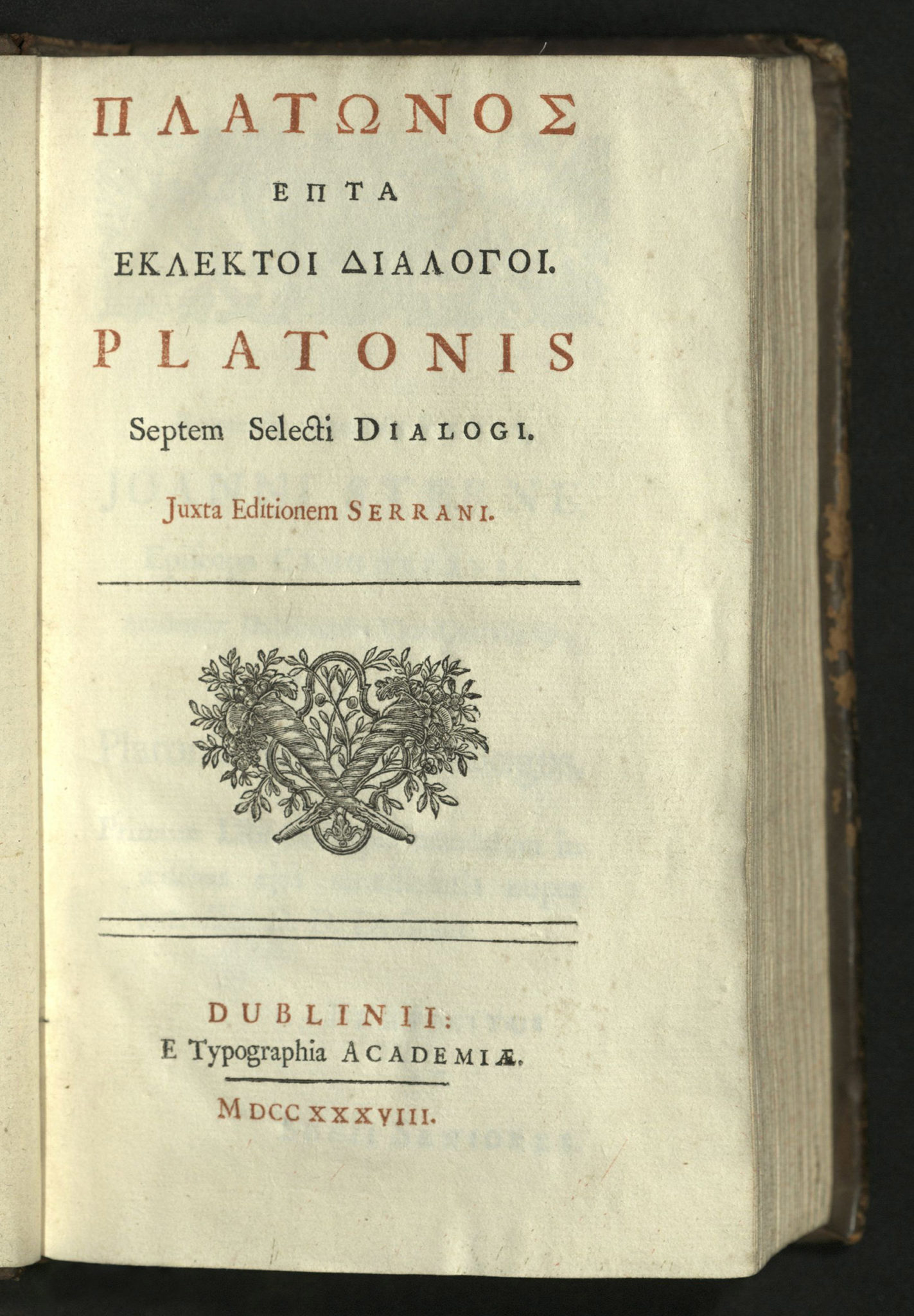
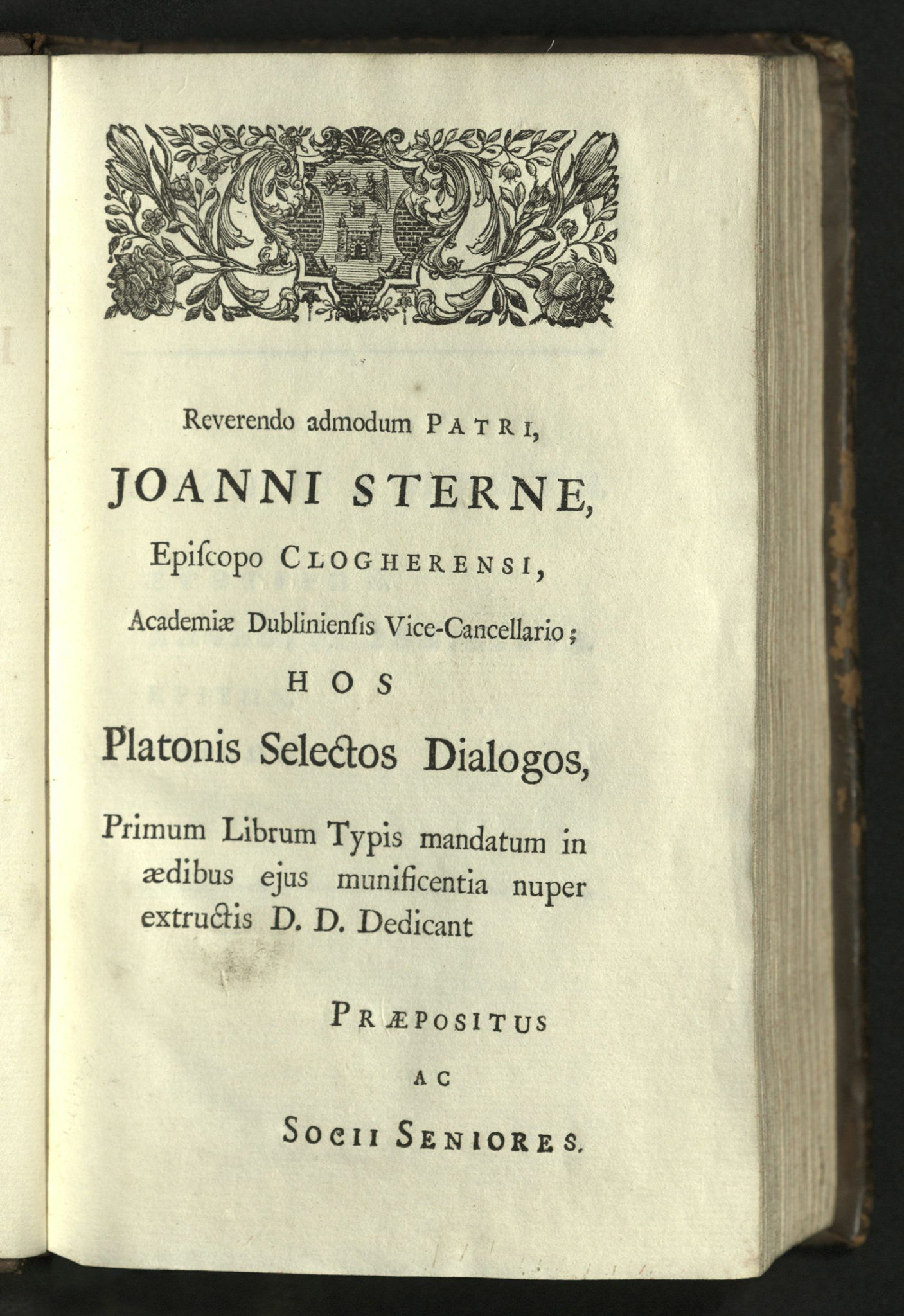
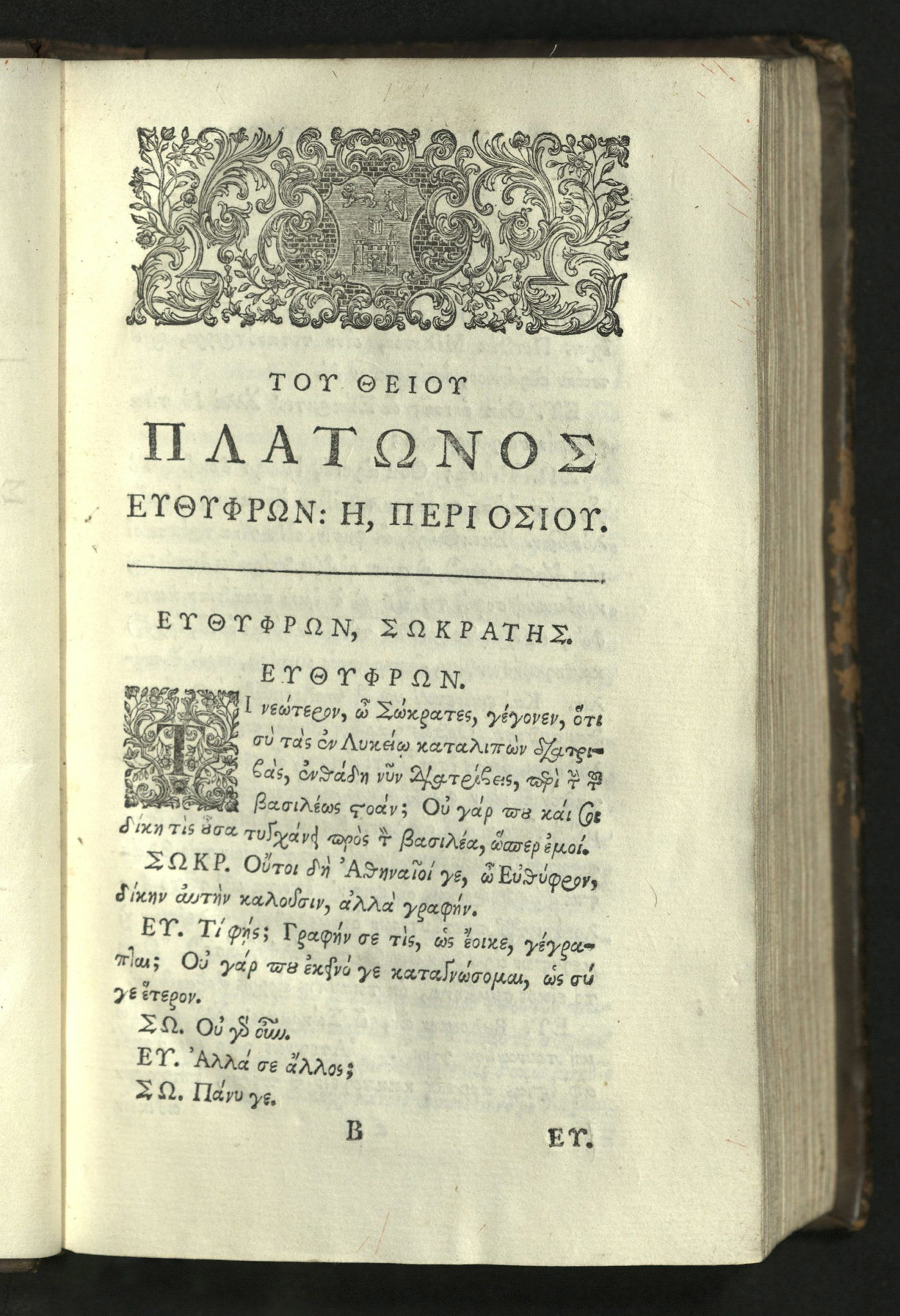
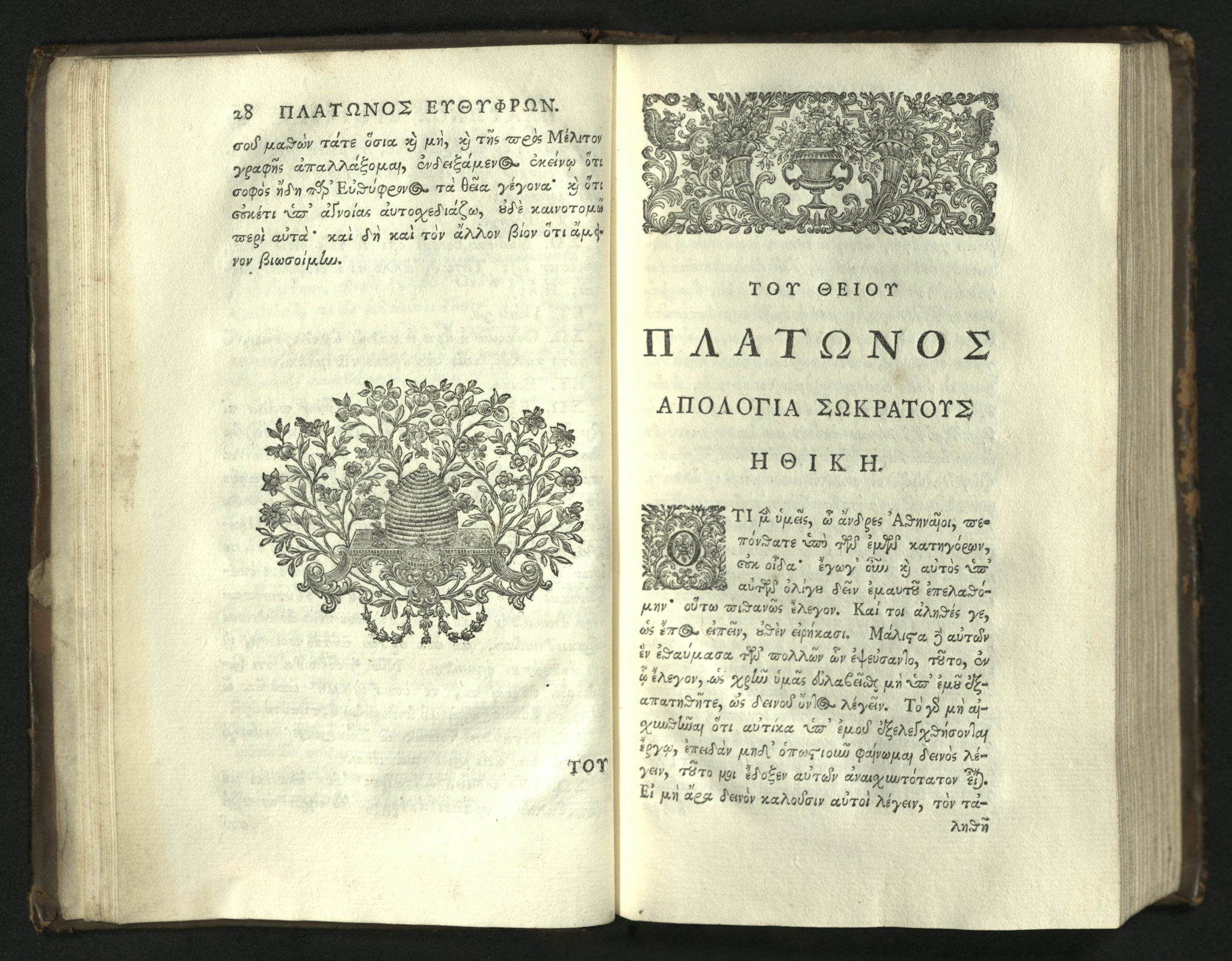
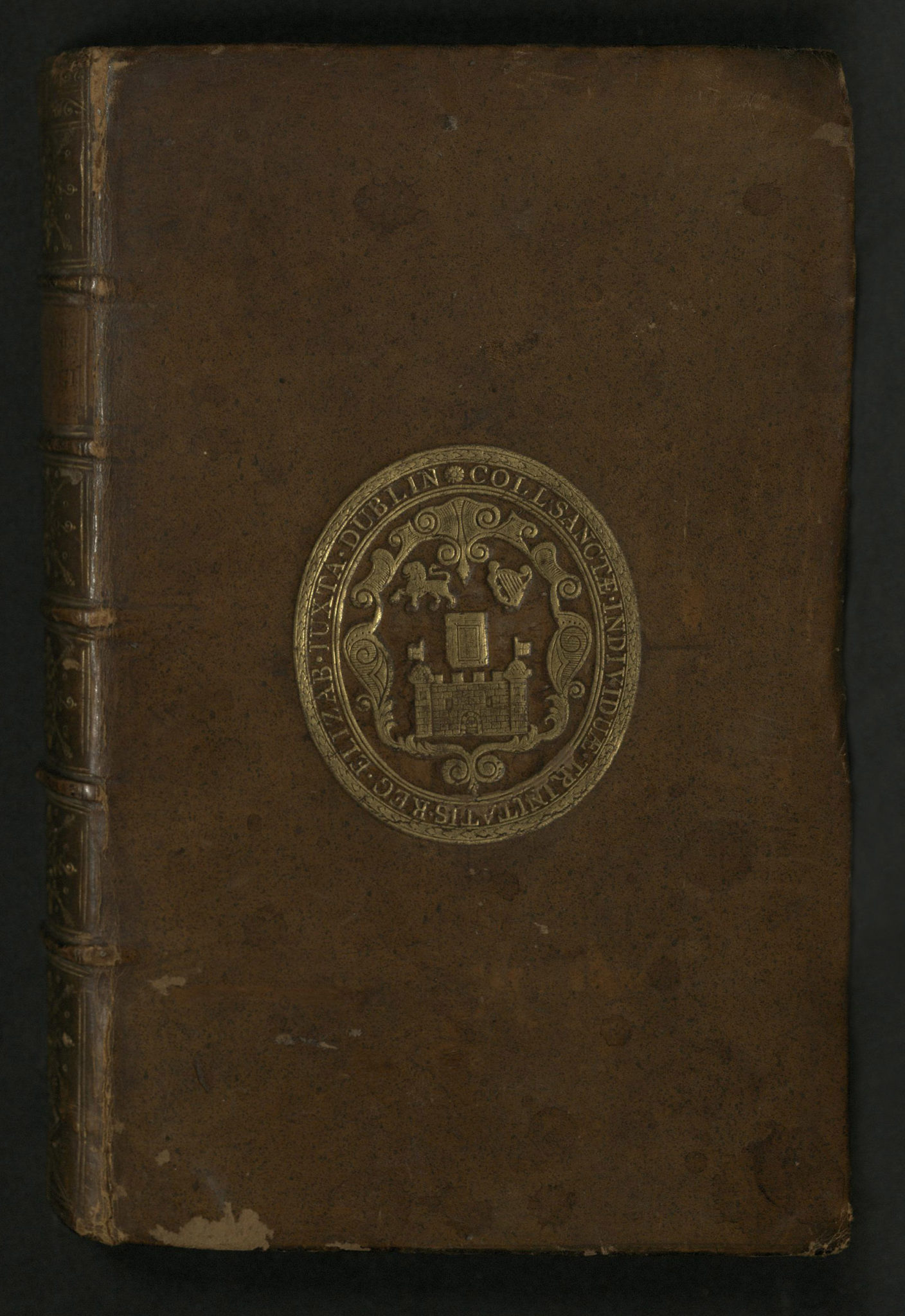
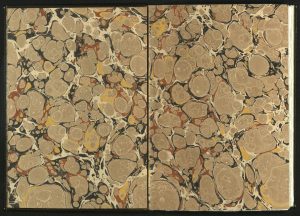
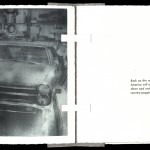
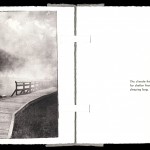
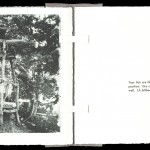
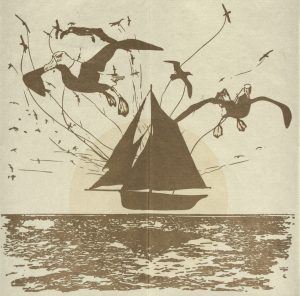
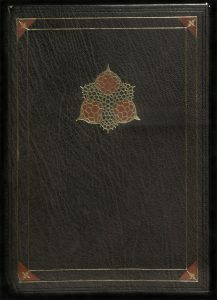
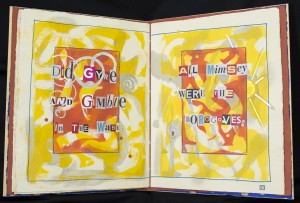
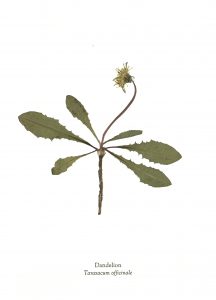
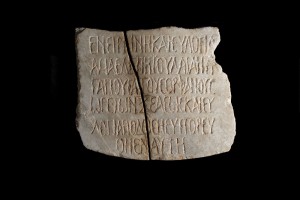
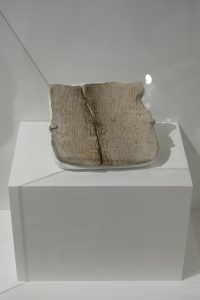
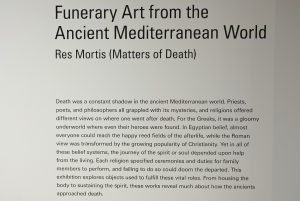










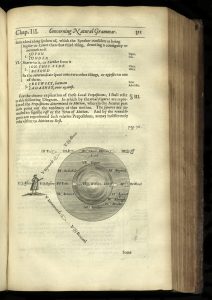
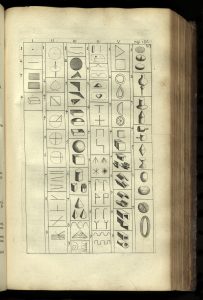
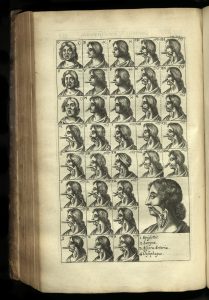
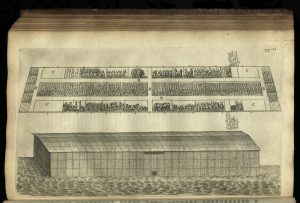
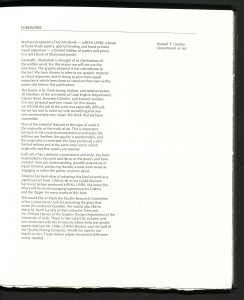
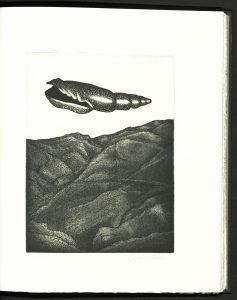
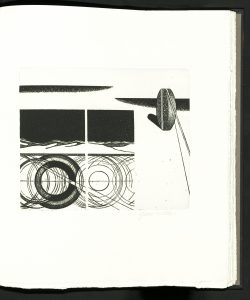
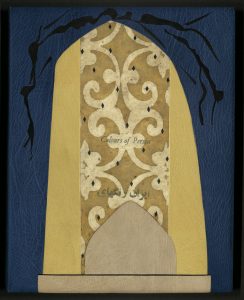
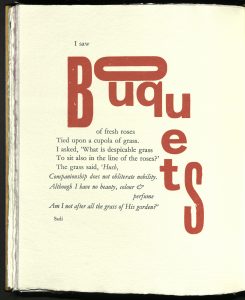
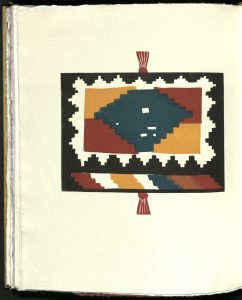
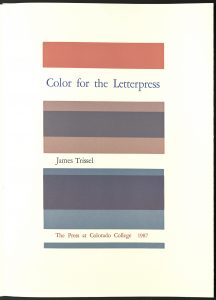
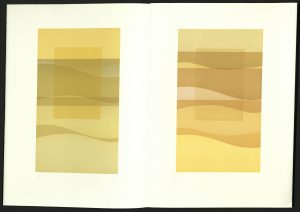
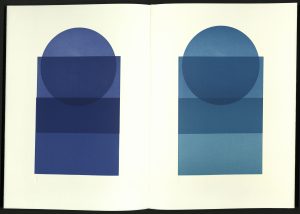

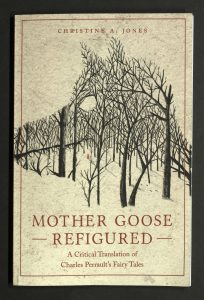
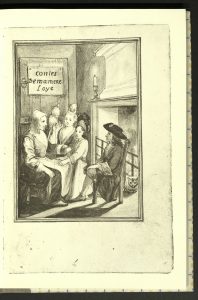
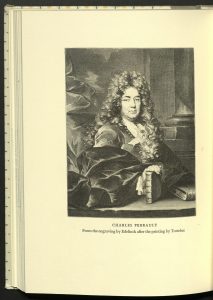
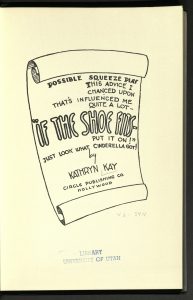
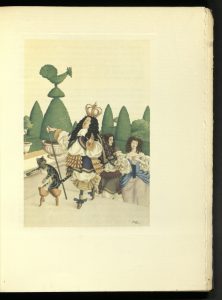
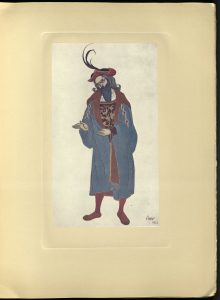
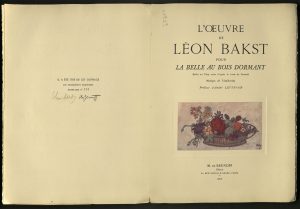
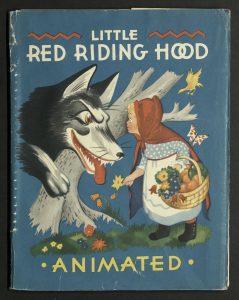
You must be logged in to post a comment.